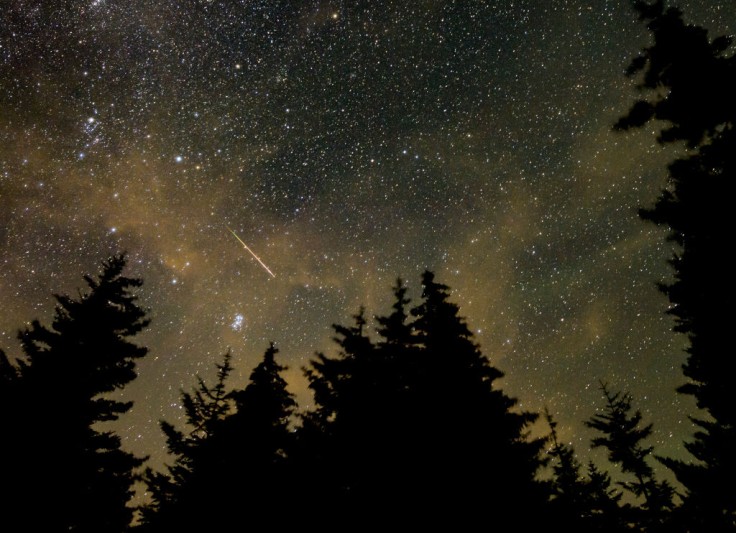
Meteor showers captivate and fascinate a lot of people. One of the most widely held notions is that if you wish upon a meteor, it will come true. Who doesn't desire to have their wishes fulfilled?
I have some wonderful news for enthusiasts. A meteor shower is expected to take place this August.
Perseid Meteor Shower 2022
The most well-known meteor shower, the Perseids, peaks on warm August nights as seen from the northern hemisphere and is visible from July 14 to Sept. 1. They are known as Perseids because, at their peak activity, the radiant-the region of the sky from which it appears that meteors are coming-is situated close to the well-known constellation of Perseus the Hero, according to American Meteor Society (AMS).
The typical rates seen from rural areas vary from 50 to 75 shower members per hour at most. The full moon lighting up the sky, however, will prevent the 2022 Perseids from being quite as spectacular as they were in 2021, as per Space.com.
Things to Note of When Watching August Meteor Shower
When observing meteor showers, it's important to pay close attention to the time of day and the moonlight conditions. Moonlight will interfere with the visibility of showers that peak when the moon is more than one-half illuminated (first quarter to last quarter).
According to Space.com, the Northern Hemisphere and mid-southern latitudes are the prime viewing locations for the Perseid meteor shower. Go somewhere as dark as you can and sit back and relax for the best chance of seeing the Perseids. No telescopes or binoculars are required; the key is to take in as much of the sky as you can while giving your eyes around 30 minutes to become used to the darkness.
The hours before dawn are the greatest time to search for meteors. Space.com (via AMS) said that the meteor activity will peak between Aug. 11 and Aug. 12.
List of Meteor Showers To Look Out for This Year
Orionids (Sept. 26 to Nov. 22)
The Orionids are a medium-intensity shower with occasional bursts of high intensity activity. The Orionids generate 10-20 shower members at most throughout a typical year.
Southern Taurids (Sept. 28 to Dec. 2)
Even at its peak activity, the shower only occasionally produces more than five shower members every hour even though it is active for more than two months.
Northern Taurids (Oct. 13 to Dec. 2)
Similar to the Southern Taurids in many ways, this shower is active a little later in the year.
Leonids (Nov. 3 to Dec. 2)
Sadly, it seems that the earth won't come into contact with any intense clouds of debris until 2099. There won't be any meteor storms when the comet makes its appearance in 2031 and 2064, although there may be a few noteworthy Leonid activity displays with rates above 100 per hour.
Geminids (Nov. 19 to Dec. 24)
Meteor enthusiasts should mark Dec. 13 and Dec. 14 on their calendars since the Geminids are often the year's strongest meteor shower.
Ursids (Dec. 13 to Dec. 24)
On the day of peak activity, observers will often spot 5-10 Ursids each hour in the late morning. There have been a few instances where rates have surpassed 25 per hour.









